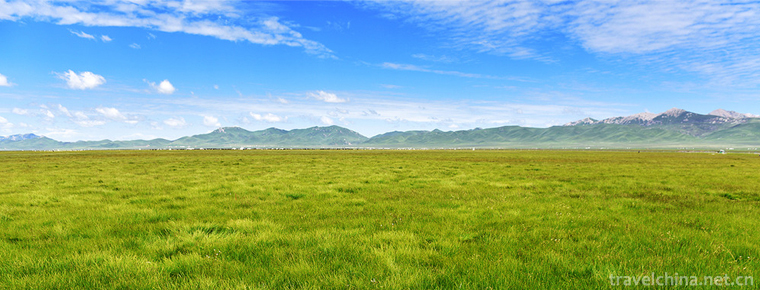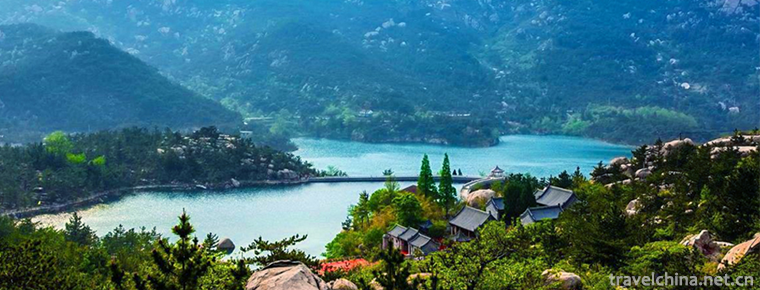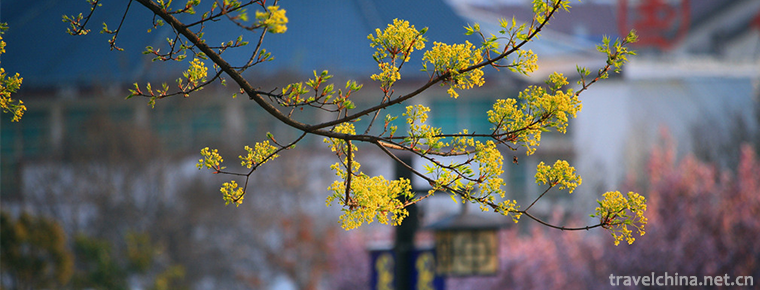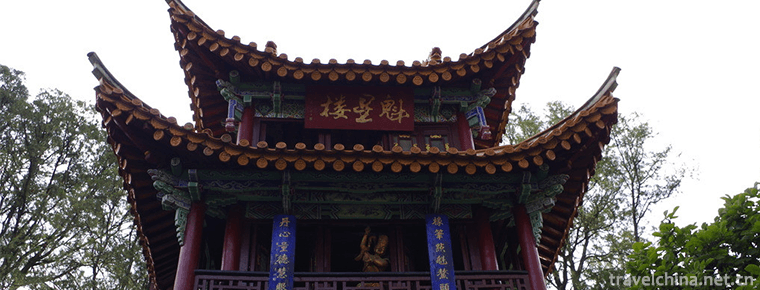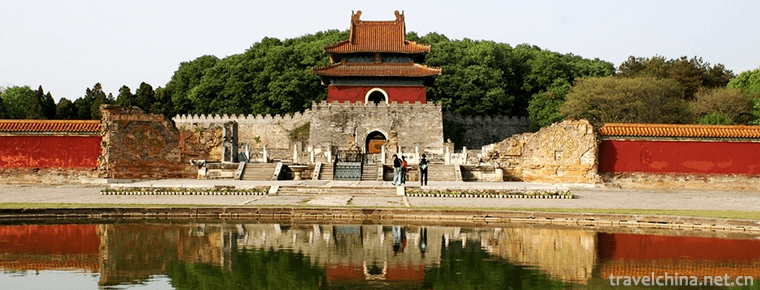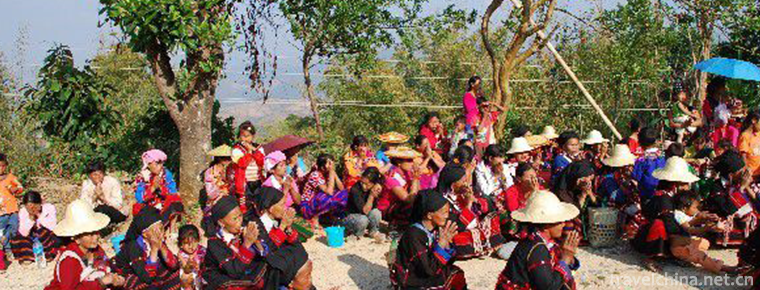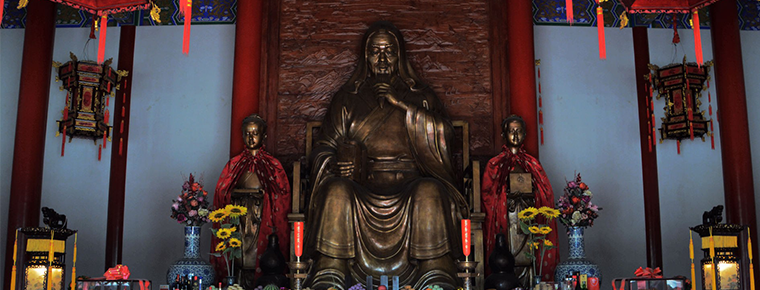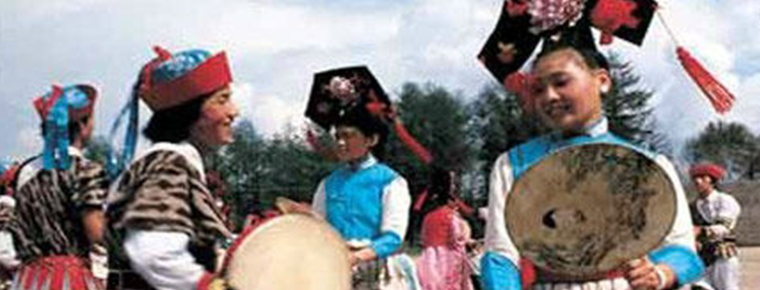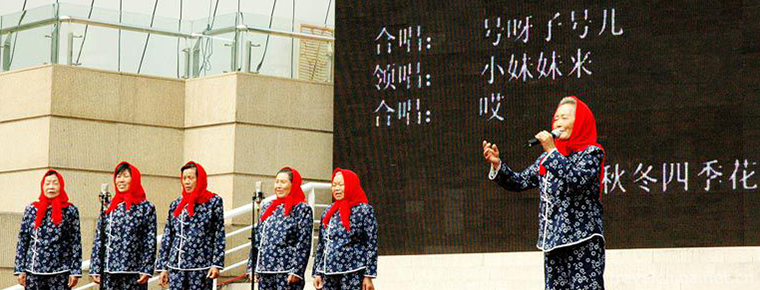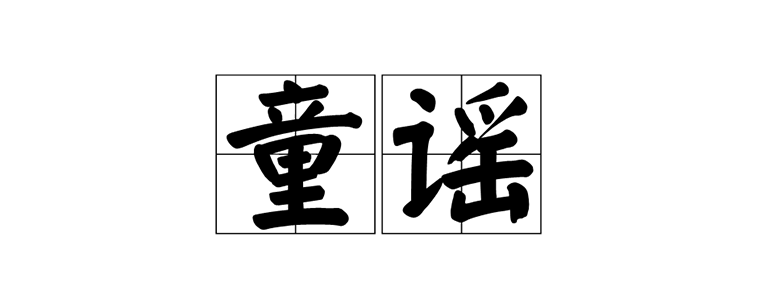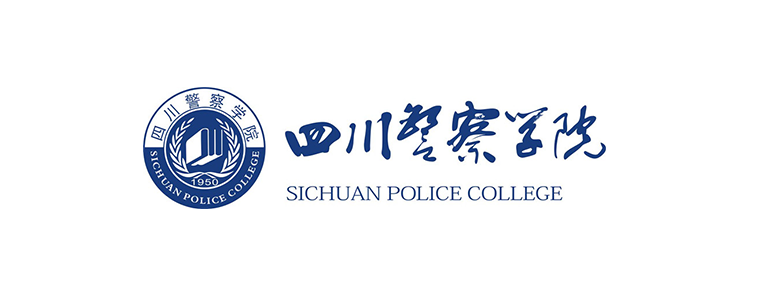Jiankou Great Wall
Jiankou Great Wall
The Great Wall is located in Badaohe Township, northwest of Huairou District, Beijing suburb. It is 1141 meters above sea level and about 30 kilometers away from Huairou County. The mountain situation is very changeable, and the Great Wall on the dangerous peak and cliff is even more magnificent and dangerous. The Great Wall with arrows and bows is named for its winding W-shape and full of bows and arrows. The arrow button Great Wall is one of the most famous dangerous sections of the Great Wall in the Ming Dynasty. It has the highest photographic rate in all kinds of Great Wall albums in recent years. It has always been a hot spot in the photography of the Great Wall.
On January 8, 2018, Guo Dapeng, deputy director of the Cultural Committee of Huairou District, Beijing, said at the two meetings of Huairou District that the rescue project for the section from Zhengbei Building 150 to Enemy Building 154 of the Great Wall will be launched in May 2018, which is also the first attempt to introduce social capital to repair the Great Wall.
geographical position
The Great Wall is located in Badaohe Township, northwest of Huairou County, Beijing suburb, about 30 kilometers away from Huairou County Town. The Great Wall is located in Bohai Town, Huairou County (Badaohe in the north and Bohai in the south). Motianyu is to the East and Dazaoyu is to the west, 10 kilometers west of Mutianyu Great Wall. (A small bifurcation of the Great Wall, on which a unique and large-scale dysprosium building is built), and the "horn edge of a calf". Upon the arrow buckle, you can also enjoy Longtan and the ancient Great Wall brick kiln sites. At the foot of the mountain, the flat ground spring rushes to the spring water and converges into the pool. There are hundreds of fish in the pool. If they swim without any support, the fish is the famous rainbow trout. There is the largest rainbow trout farm in the North under the pool.
Landscape characteristics
The Arrow Button Great Wall is one of the most precipitous and magnificent sections of the Great Wall in Beijing. Its natural weathering is serious and there is no artificial decoration. It stretches more than 20 kilometers from Niuqiangjiao, South Building, Guimen Pass, East-West Button Tower, East-West Oil Basket Top, Arrow Button Beam, General Guard, Sky Ladder, Eagle Flying Over, Beijing Knot to Nine-Eye Tower (Wangjing Tower), fully demonstrating the surprise, adventure, peculiarity and absoluteness of the Great Wall. Slightly to the original taste of the ancient Great Wall landscape. Skystairs, eagles flying upside down, Beijing knot, Nine-Eye Tower, a section of the most dangerous road, from east to west a little better, from west to East more difficult. When encountering a collapsed section of the Great Wall, insert branches into the cracks of the wall to make ladders, and climb into the wall; the sky ladder is a 70-degree steep slope, 70-80 meters long Great Wall, the narrowest part of which is 60 cm wide, 40-50 cm high, 15 cm platform, and climb with all limbs; when eagle flies down, there is a vertical collapse of the Great Wall, and the eagle goes round the road in the north, and down a 70-80 degree steep slope. It is difficult to stand without grasping the branches; a section of the Great Wall from Beijing to Wangjing Tower is on the East side, and shrubs on the West side. It is very difficult to walk without steps. Transportation is very convenient, 28 kilometers from Huairou County and 73 kilometers from Beijing. There are magnificent and steep ancient Great Wall in the South and Heituo Mountain, the first peak in the north of Beijing (1534 meters). The manor surrounded by mountains is more quiet and trees are hidden. Birds sing and cicadas singing, looking through the window, green mountains and waters, panoramic view. The winding paths lead to tranquility, tranquility and ease, return to the true and return to nature. The tranquility and leisure far away from the noisy city make you fresh and fresh, just like the paradise of Tao Yuanming. Here you can appreciate the simple folk customs. For example, you can pick fruits, crops and other green food in the garden and experience the joy of farm life. "Pick under the East fence and see the Great Wall leisurely." In your spare time, you can also climb mountains and look for the traces of history at the foot of the Great Wall. It is an excellent place for seeking seclusion, visiting ancient times, exploring, leisure and fitness.
Must Appreciate Landscape
The Great Wall is divided into South and North lines. The mountains on the south line are extremely steep, almost straight up and down. From this, climbing the Great Wall will be reminded of Mr. Lu Xun's words: "There is no road in the world... "And the excitement of rock climbing in its own context.
It's not good to go up and down, so we suggest that we should work together in a high degree of teamwork. Climbing takes two to three hours a way. The North Arrow Button Line is a gentle mountain. The advantage of the North Houshan Road is that it does not have to trek hard to climb the towering enemy building. The mountains and green valleys can be seen from the bottom of your eyes, and you can feel the grandeur and grandeur as well. It is more comfortable to climb the mountain along the lush forest path. After climbing the eagle flying down the knife handle building, the Northwest can reach the Beijing knot, and the arrow buckle will turn to the southeast. Climbing takes 30 minutes on a one-way trip. Choose the North Road, you can also follow the way to Shentangyu Canyon fishing for small fish! uuuuuuuuuu The stream water is very shallow. There are many small fish and shrimp gathering places. After entering the door, the harvest is bigger in the valley and stream around the corner. Turning to the inside water surface is smaller and smaller. If there are more people, it will be more difficult. Sleeping in the sun on the boulders in the stream must be the most beautiful thing after climbing the Great Wall.
Major attractions
Horn edge of calf
The Great Wall stretches straight from the mountainside to the top of the mountain. After erecting an enemy building on the top of the mountain, it suddenly falls down, turns down and returns to the mountainside, and suddenly rises. At an altitude of more than 940 meters, it turns around a big bend. Its shape resembles the horn of a cow. It is vigorous and vigorous. People call it "the edge of a horn of a cow".
The eagle flies upside down
The eagle flies upside down and is one of the most famous dangerous sections of the Great Wall in Beijing. Most people who have been to the arrow buckle will use the word "eagle flying down and up" to describe the steepness and danger of this section of the Great Wall. In recent years, arrow button is the most frequently photographed section in the Great Wall picture album. It is also a challenge for donkey friends and a hot spot for photography enthusiasts.
General guard
The exit of Kengcun. There are cliffs on the left and right sides, each of which is 2.0 meters high and 5 meters wide. They are round, like generals, and have a powerful image. It was developed in Qing Dynasty and is a famous scenic spot in "Eight Sceneries of Noisy Village". In the local "Chen's genealogy", there are seven laws attached to the "Eight Sceneries in a Noisy Village", four of which describe the scene: "Liu shakes the flag in spring, Lu dyes the autumn frost to flag the edge of the sword. Thunder drum earthquake sky platoon battlefield, cloud soldier can give a whole army.
Nine-Eye Tower
In the north of Beijing, 21 kilometers northwest of Chengguan Town, Huairou District, south foot of Heituo Mountain. It is located at the top of Flame Mountain at the junction of Huairou County and Yanqing County. Because the enemy building has nine arrow windows on each side, so the name. It is also called Wangjinglou because of its high mountains and the prospect of Beijing City on sunny days. It is one of the important crossings of the Great Wall. Elevation 1141 meters. There are kitchen and bedroom ruins in the building, and there are horse farms, horse drying farms and barracks (barracks) nearby. On the north side of the building, Xu Shen, an official of the Ming Dynasty, visited the marble tablets written in the area in the thirteenth year of Wanli (1585 A.D.). Nearby, there are dense vegetation, such as oak, linden, maple and so on. Coptis chinensis is produced. Wild animals include roe deer, goat, pheasant, squirrel, hare and so on. There are sidewalks to the old water pit in Xizhai Village, and townships to Badaohe to connect Fanqi Highway.
"Beijing Yanqing County Geographical Names" records: "Nine Eye Tower for the Ming Jiajing 20 (AD 1543) governor Wang Yijian, the middle of the red gate, West to the turnout Yangtoushan, east to Sihaiye, 160 miles long, set up five mouths, around the red gate to build 14 piers. Jiuyanlou is located in the south of Shiyao Village, Sihai Township, at the easternmost end of the ridge. It is 7.8 meters high. There are nine lookouts connecting three side walls. If there is a police in the four seas, gunfire will be raised in the South Ridge of the ridge, and it can reach Yongguan in an instant. This account tells us that Jiuyanlou has been around 450 years ago. It also tells us that it has important military significance.
Nine-Eye Tower is a square double-storey building, named for its nine lookouts on each side. The existing one is 7.8 meters high and 13 meters high on each side. The lookout is 1.65 meters high and 0.5 meters wide. There are sergeants visiting the circular walkway with a width of 1.2 meters. The lower part of Jiuyanlou is made of stone strips and the upper part of Jiuyanlou is made of white lime and blue city bricks. The structure is very strong and magnificent. Downstairs to the West there is a small platform for the concentration of sergeants. On the north side of the platform, there are brick steps, along which the South Gate of the building can be reached. The roof of the building is a brick coupon arch structure. The building is wide and can be used for storage. It opens two windows to the north and has one door on each side. The door is 2 meters high and 1.2 meters wide. It is very convenient to enter and exit.
Jiuyanlou is not only the largest enemy building on the Great Wall, but also has a very important strategic significance in military defense. Its geographical location is dangerous. It is the junction of Xuan (Xuanfu, Xuanhua today), Ji (Jizhou, Beijing today) and Chang (Changping) three major military towns. It is the junction of the Great Wall inside and outside. Such an important position is incomparable to all the enemy buildings of the Great Wall. In addition, there are 24 inscriptions left on the nine-eye stairs, most of which are poems praising its grandeur and expressing the strong mind of the attackers. As an enemy building, it is unique to write so many poems. Ancient militarists and poets were so fond of an enemy building, which also showed the status of Jiuyanlou was different from others.
The surrounding mountains fluctuate and fall, ravines are vertical and horizontal. Nearby, the trees are densely colored, and the waves are gradually pushing forward; in the distance, clouds are steaming like smoke and mist. In the southeast, one of the mountains is the Yanqihu Reservoir. After the smoke in the southwest is Beijing, which is just like what the ancients said, "Shenjing is ahead, the imperial palace is in sight".
Traffic information
bus line
Dongzhimen takes No. 916 to Huairou, or at Huairou Yuyuan Bus Station, there are Huairou-Xizhanzi buses at 11:30am in the morning and 4:30pm in the afternoon.
Self-driving line
Starting from Tianxianyu:
Bus H24/H36 from Huairou to Tianxianyu Village (departure time from Huairou to Tianxianyu: 6:20; 11:30; 17:40). Tianxianyu-Huairou: 7:05; 12:15; 18:30. Taibt only has three trains. If it can't catch it, it will take a bus from home to Dongtai, under Mutianyu Island, and then walk 3 km to Tianxianyu. From Tianxianyu along the main road of the village to Jiushenmiao Villa, through the north gate of the Villa, is a 1 km long cement road. Then walk 1 km along the rocky road into the forest path 1 km, and climb to the Great Wall (it takes 1.5 hr to walk from the village entrance to the Great Wall, good physical strength at first, no rest on the way). There is a awning at the entrance of the road. There is a tower on the left. The next tower is the general's guard. It takes 40 minutes to climb the ladder to the small one. This direction is for Beijing knot; the right direction is for Mutianyu. It takes 1.3 HR from the arbor to the cliff in front of Little Budala.
North line
Jingmi Road - Open Circle Island left turn - Turn right at the traffic lights - Fule Circle Island straight line - Yanqi Circle Island left turn to Shentangyu direction - Lianhuachi straight line - until a small bridge, there is a shop on the right hand of the bridge, there is an intersection on the left hand, turn left into this road, go straight to the arrow buckle. Soon you can park in the village, but it's a little far from the mountain. On the right, there's another village for you to choose from, and on the other hand, there's a special parking lot, which is close to the mountain.
Explanation: The bridge shop mentioned above on the north line needs special attention, otherwise it's easy to miss it. The arrow button from the North should also be worn from the village. Several villages here are quiet. At most, there are several elder sisters peddling their own millet or ballast. There aren't many people around. There are also some people who live in a farmhouse on Friday or Saturday nights. Although these villages are not very large and have limited reception capacity, they are still clean and real.
South Line
Jingmi Road - Huairou Open Circle Island Turn left - Turn right at the traffic lights at the end - Turn left at the Mutianyu sign - until Mutianyu Circle Island - Circle Island passes through the Mutianyu exit and drives in the direction of the next exit, namely the Great Wall Red Trout Farm - it will reach along the road sign very quickly (hereinafter referred to as "Jiankou").
Explanation: The south line is slightly closer than the North line. It is suitable for lazy, gluttonous and lively FB team. The Great Wall Red Trout Farm is surrounded by many restaurants with a certain level of decoration. The open space in front of the restaurant is very spacious. If you don't want to climb the mountain, you can play badminton, drink tea, play killing games, chat till sunset. You must climb through the village under the mountain. The author did not climb from here, feeling that one shop after another here is too noisy, does not belong to the pure mountain climbing flavor. It is said that many people come to eat red trout.
Parking Tip: As long as you choose one of the restaurants to eat, you can park for free. Otherwise, the charge is 5 yuan. The parking area is relatively large, so it should be no problem for small convoys to park.
Practical information
Eat under the mountain
South Line: Apart from the restaurants at the foot of the mountain, there are also many places to eat red trout along the way from Mutianyu Island to Beijing. More than ten yuan a kilo, but sashimi seasoning and processing fees (including barbecue) have to be charged separately.
North Line: There are two choices. First, there are simple farm meals at the foot of the mountain. You can have a good meal with the villagers before climbing the mountain. You can go straight down to the dining table. There are many farm yards in the village. Everyone chooses voluntarily.
Another option is to bring your own dry food on the Great Wall for a snack. On the way back to Beijing, you can grab fish at home in Huairou, a famous red trout ditch.
Mountaineering equipment
Mountaineering shoes: It is necessary to wear mountaineering shoes where rocks are loosened or sand grains are found in arrow buckles.
Crutches: Individual sections are needed, but crutches are obviously cumbersome for the dangers of using both hands and feet.
Interphone: Although the arrow button Great Wall has only one line, there are many forks up and down. If you are afraid of going away, you can prepare the intercom. Interestingly, in some highlands of the Great Wall, mobile phone signals are very strong, but not down.
Because the Great Wall Road around the arrow buckle is extremely steep and difficult to walk, we must pay attention to safety when hiking, and we'd better go together.
Best tourist season
Generally speaking, all seasons are acceptable, but winter is too cold, but it is a good place for residents nearby to exercise. Outside tourists had better travel in June, July, August, September and October.
Environmental tips
The Great Wall is an important national cultural relic. It is forbidden to climb by the relevant state departments of the Wild Great Wall. When climbing, we should pay attention not to destroy one plant, another rubbish should be taken down the hill by ourselves. That's what university mountain climbing teams do. As the arrow button Great Wall bulletin board requires: nothing but photographs is taken away, and nothing is left except footprints.










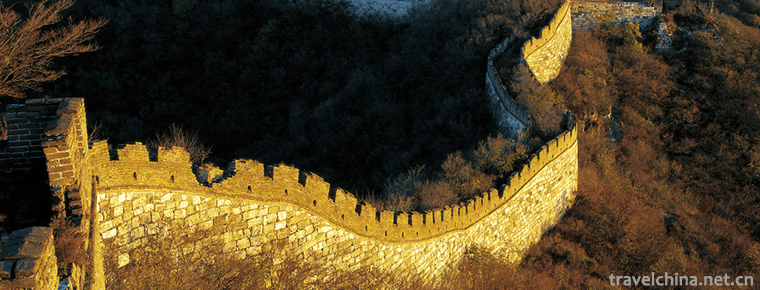
-
Ruoergai CountyZoige County
Zoige County is located in the northeastern edge of the Qinghai-Tibet Plateau.
Views: 160 Time 2018-10-12 -
Qingxiushan scenic spot
Qingxiushan Scenic Area is a national AAAAA scenic spot in Nanning. Qingxiu Mountain is a key scenic spot in Nanning. In addition to protecting and restoring the original historic sites such as Dong Q.
Views: 150 Time 2018-12-12 -
two dragons mountain Erlongshan
Erlongshan is the first national AAAA class tourist area, known as "Harbin East Garden", located 50 km east of Harbin, 127 degrees east longitude 27 minutes 41 seconds, 45 degrees north lati.
Views: 173 Time 2018-12-22 -
Caozhou Peony Garden
Caozhou Peony Garden is located in Renmin North Road, Peony District, Heze City, Shandong Province. It is the largest and most diverse peony garden in Heze City. .
Views: 175 Time 2019-01-04 -
Jindian Scenic Spot
Kunming Golden Palace Scenic Spot, also known as Tongwa Temple, is made of brass and shines in the sunshine, reflecting the golden brilliance of Cuigou Youlin.
Views: 161 Time 2019-01-22 -
The Ming Toms
The Obvious Tomb is located on Chunde Mountain, 5 kilometers northeast of Zhongxiang City, Hubei Province. It was built in 1519 in Zhengde, Ming Dynasty. It was built in 1566 in Jiajing.
Views: 143 Time 2019-02-07 -
De ang Watering Festival
The De'ang Water-Sprinkling Festival (also known as the Water-Sprinkling Festival) is held seven days after the Qingming Festival every year. It is a three-day commemorative event that combines the th.
Views: 173 Time 2019-04-26 -
Hu Yiyang Legend
Hu Yiyang (about 1639-1718) is a good prime minister. He is a native of Liuting Village, Renhua Township, Moxian County (now Liuting Street, Chengyang District, Qingdao City). .
Views: 158 Time 2019-05-03 -
Manchu speaking Department
Manchu Folk Talk Department refers to a long prose narrative literature created and preached by Manchu folk artists, which aims to reflect the war life and emotional world of the Manchu people in hist.
Views: 125 Time 2019-05-19 -
Maoshan chant
Maoshan chant is a traditional folk song originating in Maoshan area of Xinghua City, Jiangsu Province. It is a kind of folk song that people in Maoshan use chant form with chant words to stimulate em.
Views: 135 Time 2019-05-28 -
Nursery rhyme
Nursery rhymes are short poems written for children, emphasizing rhythm and rhyme. They are usually spread orally. Many nursery rhymes are processed and spread according to the idioms in ancient ritua.
Views: 158 Time 2019-06-23 -
Sichuan Police College
Sichuan Police College is the only full-time undergraduate college of political, legal and public security in Sichuan Province, which is sponsored by the People's Government of Sichuan Province and jo.
Views: 118 Time 2019-08-31
